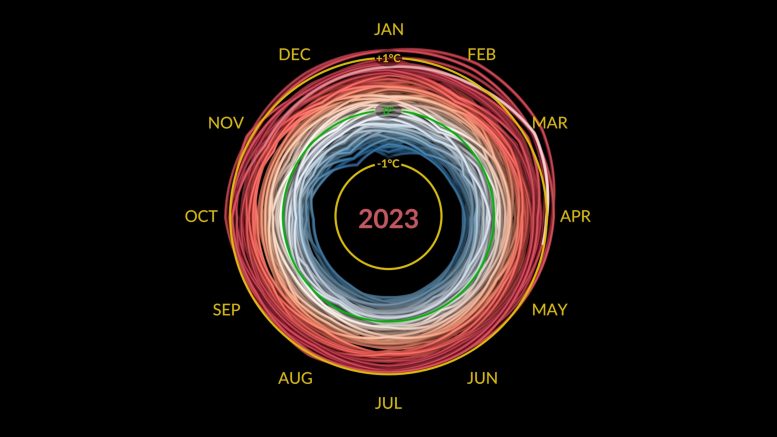
According to NASA, Earth in July 2023 was 1.18°C (2.12°F) warmer than the average for the month, and warmer than any other month in the 143-year record. Credit: NASA
Find out why July 2023 was a record-breaking month …
A high-flying NASA aircraft is helping to study lighting …
And making landings safe for flights of the future …
A few of the stories to tell you about – This Week at NASA!
Data Shows July 2023 as Hottest Month on Record
According to research by NASA’s Goddard Institute for Space Studies, July 2023 was 0.43 degrees Fahrenheit warmer than any other July in NASA’s record, and hotter than any other month in the global temperature record. NASA and partner agency NOAA discussed this and our changing climate during a news conference. According to NASA data, the five hottest Julys since 1880 have all happened in the past five years.
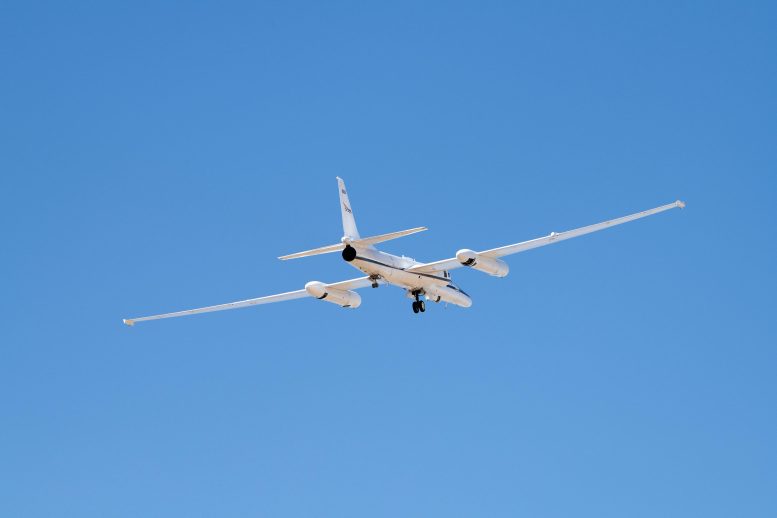
In July 2023, NASA’s ER-2 aircraft flew near thunderclouds to study the relationship between lightning and atmospheric energy fields. The aircraft, part of the ALOFT project, operates at a unique altitude, allowing scientists to collect detailed data on high-energy radiation emissions from thunderstorms. Credit: NASA
NASA Aircraft Flies High to Investigate Lightning
Researchers with the ALOFT project have been using NASA’s high-flying ER-2 aircraft to help them study lightning and its connection to the vast energy fields in our atmosphere. The ER-2 can fly above and as close to thunderclouds as safely possible to observe gamma-ray activity within thunderclouds and collect detailed data that can advance the study of high-energy radiation emissions from thunderstorms.
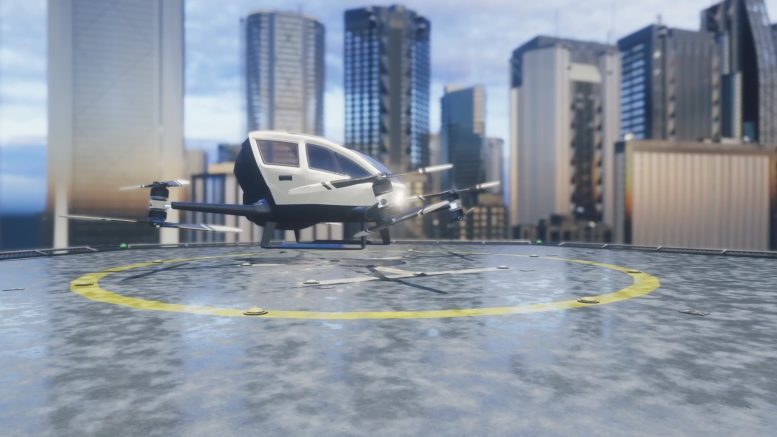
NASA’s AEROcAST flight campaign focuses on studying wind patterns to ensure the safe landing of drones on rooftop hubs, known as vertiports, intended for future transportation of people and goods. Credit: NASA
Wind Study to Help Future Aircraft Land Safely
NASA’s AEROcAST flight campaign is a wind study that aims to help drones land safely on rooftop hubs called vertiports for future delivery of people and goods. The campaign uses drones, sensors, weather balloons, and other technology to measure wind at altitudes below 2,000 feet and collect other data to resolve unknowns that could hinder these types of flights. The campaign, which continues through this month, may also improve weather prediction.
NASA is calling on middle and high school students across the country to submit experiment ideas for a high-altitude balloon or rocket-powered lander test flight in the third TechRise Student Challenge. Credit: NASA
NASA Seeks Experiment Ideas for TechRise Student Challenge
NASA is looking for middle and high school students across the country to submit experiment ideas to send on a high-altitude balloon or a rocket-powered lander test flight as part of the third TechRise Student Challenge. Led by NASA’s Flight Opportunities program and administered by Future Engineers, the challenge allows student teams to participate directly in designing and building experiments for suborbital flight. For more details visit futureengineers.org/nasatechrise.
That’s what’s up this week @NASA!


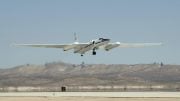
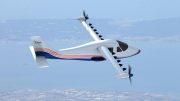
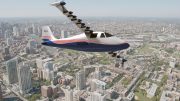
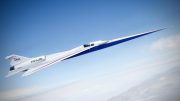

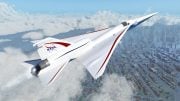

The caption for the lede illustration says,”…, Earth in July 2023 was 1.18°C (2.12°F) warmer than the average for the month, …”; farther down the article says, “…, July 2023 was 0.43 degrees Fahrenheit warmer than any other July in NASA’s record, …” Do you think that they made it clear that July was warm?
I don’t think that they are mathematically justified in claiming a precision to the one-hundredths digit. One is only justified in increasing the precision of measurements in proportion to the square-root of the number of measurements when the variations are random, which is achieved by making multiple measurements of the SAME air parcel with the SAME thermometer. As usual, there are no error bars provided. That is important because if there is significant overlap with the error envelope of July 2023 with the other July error envelopes, then the claimed 0.4 deg F difference is not statistically significant.
The mentioned illustration is a poor choice because it distorts the relationships between the months, with the length of the warm traces being about 3X (actually, Pi) longer than the cool traces, giving subjective emphasis to the warm traces.
“the five hottest Julys since 1880 have all happened in the past five years.”
If the global temperature were to miraculously hold steady for the next 50 years, one would be justified in similarly claiming that “the 50 hottest Julys since 1880 have all happened in the past 50 years.” Is that useful information, or a non sequitur?